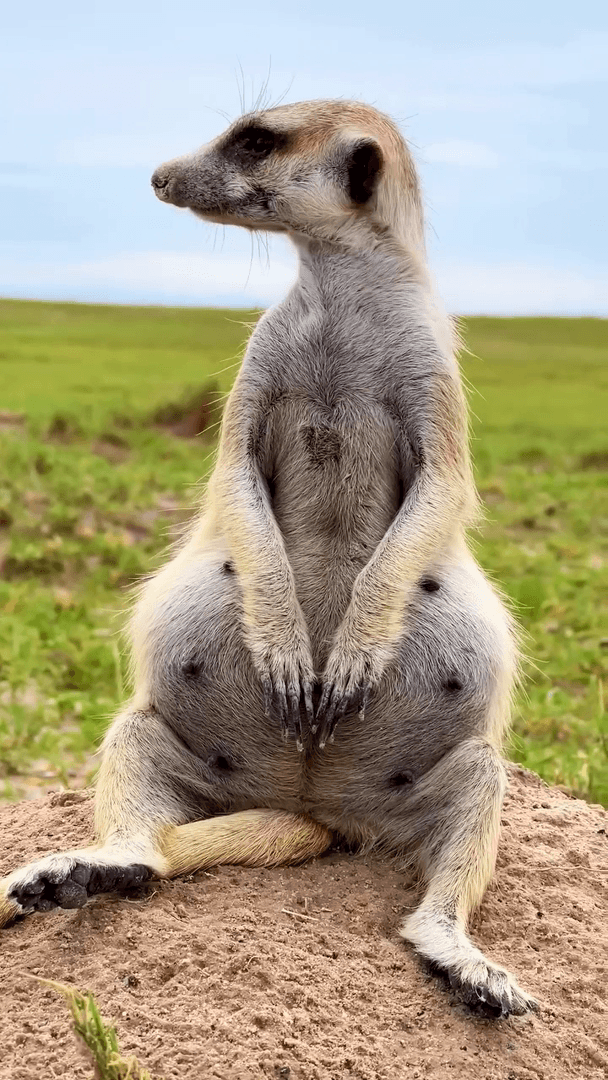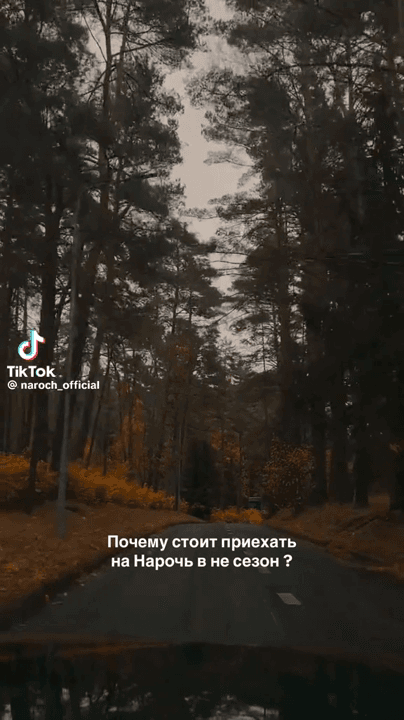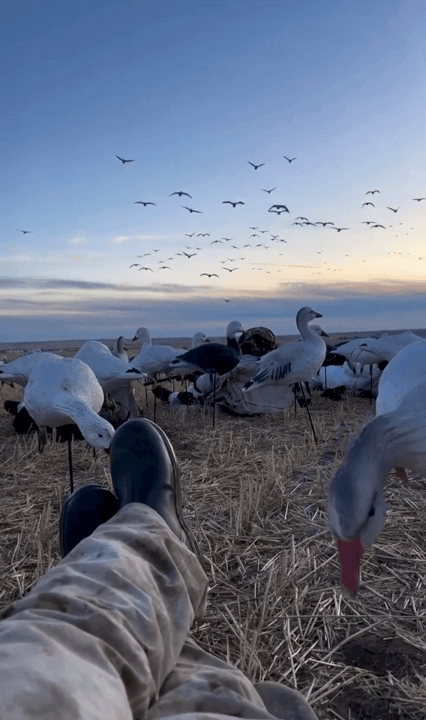
Hunting in ZAGHOUAN: Hunting Communities, Laws and Geography, Demographics of Hunting Communities of Tunisia Geography and Ecological Features in Zaghouan Area Zaghouan, located in the north-central part of Tunisia, is a region known for its mountainous terrain and fertile plains. It is bordered by the Tell Atlas mountains, which provide a rugged backdrop to the region's landscapes. The climate in Zaghouan is Mediterranean, with hot, dry summers and mild, wet winters. The mountainous areas are covered with forests of pine, oak, and other Mediterranean species, while the plains are rich with olive groves and farmland. These diverse habitats create an ideal environment for a variety of wildlife, making Zaghouan a popular location for hunting. The region's mix of forests, hills, and agricultural land offers hunters a range of terrain types, from dense forests to open fields, each supporting different species of game. Hunter Demographics and Participation in Tunisia Hunting in Zaghouan
Post: 5 August 09:32















































